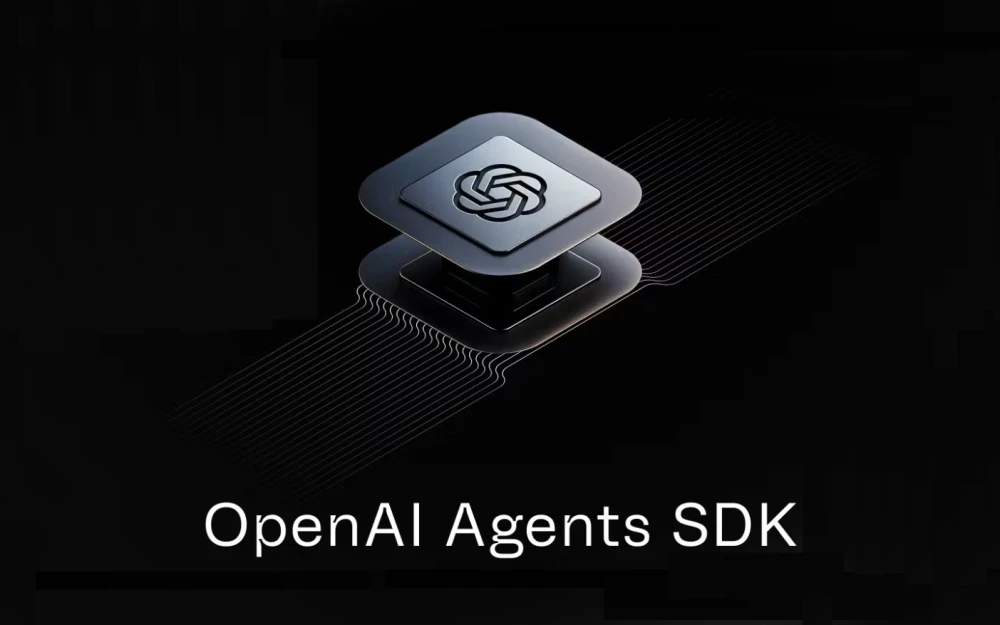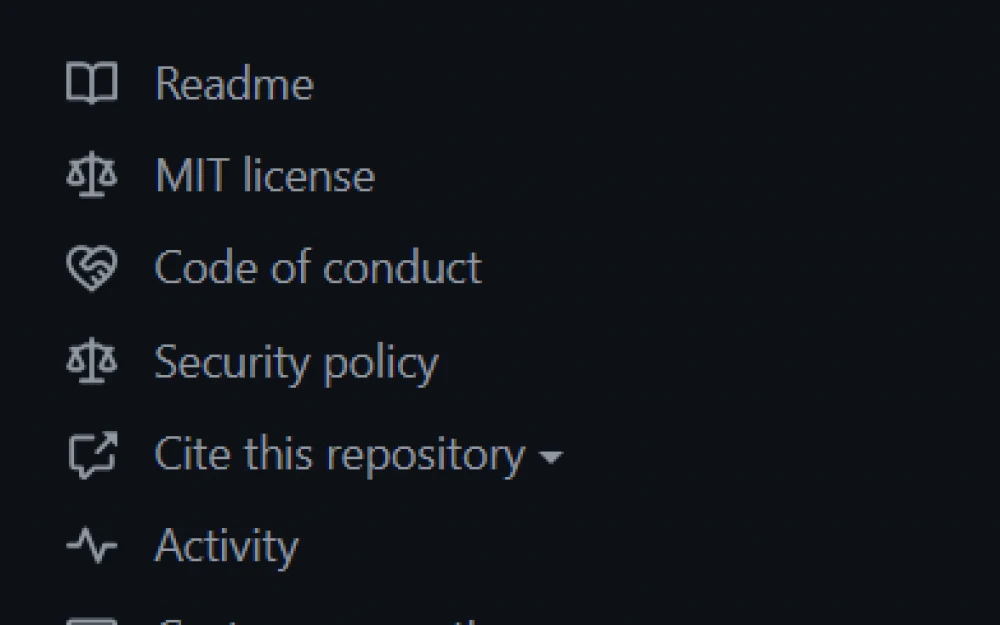- AI
- A
How I Made Artificial Intelligence Work as My Editor
This article will be useful for those who want to spend less time editing texts.
Spoiler 1: I managed to get rid of the errors in the text, but not immediately. I was able to improve the text, but only partially. Making it valuable - I couldn't do that, I had to work with my hands. And with my head too.
Spoiler 2: Useful prompts are present.
This article is a case from personal experience using AI in the work of a content marketer. I consider myself a good content marketer. But I always want to do everything faster and better. The opportunity arose during my job search. I received a test assignment, where I was given a text and a list of tasks - what to do with this text. I decided to try artificial intelligence in this matter.
As always, in work, there are routine tasks, and there is a super task. At least, that's what I think. Even if such a super task is not explicitly set before me. Do not confuse with a hyper task! Super - means cool, but it can happen every day. Hyper - means once, or maybe never.
I try to come up with at least one insight in each material. Otherwise, it just turns into content processing, not content marketing. Content marketing should always have a goal, and move the audience towards that goal.
Routine tasks were - to identify all the errors in the text provided to me.
Next, the task was - to rewrite the text so that it became suitable for use.
And I set myself a hyper task - so that after my text, readers would use the service mentioned in the text.
The text for the test assignment is here: V.0
A small lyrical digression:
I worked with ChatGPT, in the free version. The beauty of it is that even in the free version, the ChatGPT-4o model and all its new features are now available: canvas, file uploads, internet access, image creation. With limitations in the form of limits, but with full functionality. Available since about the summer of 2024, I can't say for sure. At least at the beginning of 2024, these features were only in the paid version.
Another note: I have experience in content marketing since 2004, and this experience tells me that right now ChatGPT-4o is the minimally necessary model. All the others are weak. Even ChatGPT-4o with the “mini” prefix.
Maybe I'm being picky, and for many tasks, weaker models are suitable. But, as I mentioned earlier, I always need solutions for super-tasks. That's why it's ChatGPT-4o. At least it has reached the level of “average plus.” That is, it writes better than the average live specialists. It has moved into the “middle league.”
It hasn't reached the first, let alone the highest league yet, but more on that below.
Stage 1. Working on Mistakes
In the assignment I was working on, it was stated to “identify and explain stylistic and other errors.” From my experience with AI, I know that it is smart, but a d-u-u-u-r, it cannot guess my thoughts at all. I have to explain everything to it point by point.
Therefore, I used the “canvas” function to keep the text in front of me and make changes to it sequentially.
And I wrote a prompt in which I asked to highlight all the identified errors and comment on them, listing all possible types of errors:
You are a professional editor :: Check the attached text for all types of errors: stylistic, grammatical, spelling, punctuation, graphic (typos), speech, logical :: do not change the text, but highlight the found errors in the text and comment on each identified error
I didn't write about factual errors because it was already clear that the AI has no information for fact-checking. And I placed “stylistic” first on the list simply because they were mentioned first in the assignment.
As a result, I received a text with highlighted areas. When hovering the cursor over each of them, comments about that error popped up. Where the error was obvious - there was an option to immediately accept the correction, then the change occurred on the host, and the text changed. Where the AI could not suggest a corrected version itself - it was suggested to do it manually.
I was delighted! Finally, I no longer need to check texts for errors myself! In school, I had a “5” for content and a “4” for literacy. Because I absolutely hate hunting for fleas(((
I was delighted, corrected the found errors, and decided to recheck for typos for the sake of the experiment. Perhaps my intuition kicked in, or maybe the word “коробкочки” raised vague doubts in me.
To my surprise, ChatGPT found errors again. All except for stylistic and factual ones.
We eliminated stylistic ones in the first run, and it had no information for factual ones.
I had noticed before that when you put many conditions in the prompt, the AI pays full attention to the first one, and subsequent ones diminish in focus. Eventually leading to complete disregard. But with this example, I finally affirmed for myself: don’t cluster everything together. Only cascade prompts!
It’s better to use several requests sequentially and get the desired result than to try to do everything at once and end up with no result.
Here’s the sequence of prompts that emerged:
You are a professional editor of the highest class :: Check the attached text for stylistic errors, use the style: “we speak with partners, so the style is friendly, not bureaucratic, not too formal; with transitions, where appropriate, to a close distance; including the occasional inclusion of emotions: sharing in partners' disappointments and celebrating opportunities and achievements” :: do not change the text, but highlight the found errors in the text and comment on each found error
-----------------------------
You are a professional editor of the highest class :: Check the same text for factual errors :: do not change the text, but highlight the found errors in the text and comment on each found error
----------------------------
You are a professional editor of the highest class :: Check the same text for logical errors :: do not change the text, but highlight the found errors in the text and comment on each found error
---------------------------
You are a professional editor of the highest class :: Check the same text for speech errors :: do not change the text, but highlight the found errors in the text and comment on each found error
---------------------------
You are a top-class professional editor :: Check this same text for graphic errors (typos) :: do not change the text, but highlight the found errors in the text and comment on each found error
---------------------------
You are a top-class professional editor :: Check this same text for grammatical errors :: do not change the text, but highlight the found errors in the text and comment on each found error
---------------------------
You are a top-class professional editor :: Check this same text for spelling errors :: do not change the text, but highlight the found errors in the text and comment on each found error
---------------------------
You are a top-class professional editor :: Check this same text for punctuation errors :: do not change the text, but highlight the found errors in the text and comment on each found error
In bold in the prompt, I highlighted the block setting the Tone of Voice, i.e., the required style of the text. For you, in other situations, your own description of ToV may be needed.
The prompt with stylistic errors is placed first, and the one with punctuation errors is last, because new errors may arise during editing. Therefore, grammar, spelling, and punctuation should be checked when all significant changes in the text have already been made.
I will not present the results of this part of the work because it is not interesting. It is simply editing. It is quite relative to the tasks of a content marketer. It just became a little more readable and error-free.
Conclusion 1: AI can be used instead of yourself as a proofreader and editor. But using a cascading prompt, with separate passes for each type of error.
Stage 2. Working on improving the text
The next task was to rewrite the text so that it turned into a material worthy of a high level, not a freelancer-level first grader.
It was clear from the text itself that this material was intended for distribution. That is, the recipient would immediately see the headline and the first paragraph. Only if the headline and the first paragraph caught their attention would the recipient open the email and read the rest of the text. Therefore, a strong first paragraph was needed. And a strong headline, but I decided to postpone that until the entire text was ready. And I was right.
For this, I used the following prompt:
You are a top-class professional copywriter :: Rewrite the attached text in a style that says "we are talking with partners, so the tone is friendly, not bureaucratic, not too formal; transitioning, where appropriate, to a close distance; including the occasional inclusion of emotions: together with partners, feeling sad about problems and happy about opportunities and achievements" :: structure the text, highlighting meaningful blocks with subheadings :: use the inverted pyramid principle, stating the reader's benefits at the beginning of the text
Here is the text rewritten by artificial intelligence: V.2
What do we see as a result?
The text turned out to be readable, of good solid professional level. This is what experienced professionals write when they are simply doing their job.
The AI organized the information. In my opinion, it organized it excessively.
The perfectly structured form of presenting the material subconsciously makes one consider the material as the ultimate truth.
But the content of the material is weak. It lacks what makes one say, “Wow, I got it! This is what I need to do right now!”
A conflict arises in the reader's mind between form and content. And I don’t like it when conflicts arise for the reader without my intention.
Stage 3. Creating a strong text
It would be possible to continue. Each action separately can be done by AI:
Identify the target audience from the text.
Compile a list of benefits for the target audience.
Relate what is offered in the text to the list of benefits.
Emphasize this particular benefit in the text.
But I realized that it would be better, and definitely faster, to do without AI. So I rewrote the text myself.
Here’s what I got: V.3
By the way, after enhancing the text, the AI generated brilliant headlines. For example, “Product with a margin of hundreds of percent: real examples and tips.” I’m thrilled! And, formally, it hasn’t lied even once!
If AI were to stop developing today, in about 3 years, weak texts, which are currently abundant on the internet, would disappear. But strong texts would not increase. The overwhelming majority of texts would be of good average quality, all excessively structured.
I wouldn’t say that texts will become like twin brothers, because AI works wonderfully with form. ChatGPT-4o can rewrite text in different styles. From apathy to enthusiasm. The style “after 50 grams of whiskey” turns out very well, soulful. Although after 100 grams of whiskey, it’s still better. I’ve checked.
AI generates excellent fresh and non-banal metaphors. How about this one: “Like a firework in the daytime - loud and useless”? I was impressed.
But in our example, we see that all AI could do was change the form. NOT enhance the content.
I’ve decided for myself that AI should be treated like a person suffering from autism. A brilliant encyclopedist, with strong but narrow logic, completely devoid of emotional intelligence.
It tries very hard to be helpful. You should have seen how it responded to me when I thanked it for the work! Just a sycophant, normal people never react like that.
And its logic is “narrow”; for example, in the final text, it again found logical errors. You see, it wasn’t obvious to it how this third option cost the client $0.00. It demanded justification with calculations. It’s clear to everyone, but it wasn’t clear to it. Everything is obvious there!
Final conclusions
AI excels at the role of a proofreader and editor. If a sequence of prompts is used.
AI can certainly write beautiful texts on any topic in different styles, but these texts will be average in content.
If strong texts are needed, you’ll have to work on them yourself.
P.S.: Please do not throw tomatoes at me for the illustration. I explained it to the artificial intelligence as best as I could. It is like a clever fox that sees cheese but cannot bite it. And it drew it as best as it could.










Write comment